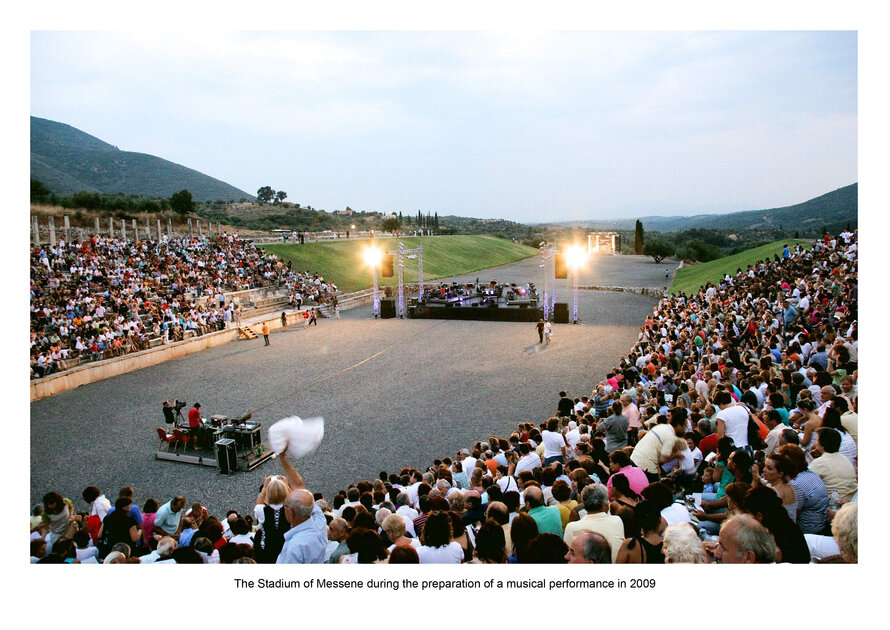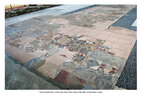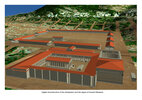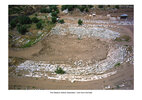Conservation and Restoration Project of Ancient Messene
The archaeological site of Ancient Messene is located about 30 kms NW of Kalamata in south-western Peloponnese. The city was founded in 369 BC by Epaminondas the renowned Theban general as the capital of a newly liberated and independent Messenia following the defeat of Sparta at ...
Read more
Project details
| Title: | Conservation and Restoration Project of Ancient Messene |
|---|---|
| Entr. year: | 2011 |
| Result: | Award |
| Country: | Greece |
| Town: | Messenia |
| Category type: | archaeological sites |
| Building type/ Project type: | Urban renewal/design - Village renewal/design |
| Former use: | Town |
| Actual use: | Archeological site, cultural attraction |
| Architect / Proj.leader: | Archaeological Society at Athens |
| The Jury's citation: | “The Messene Project has been awarded because its large scale conservation and restoration interventions have revealed the qualities and the significance of the administrative and religious centre, as well as the public space of this outstanding Hellenic city of the 4th century BC, thus considerably enriching the classical heritage of the whole of Europe. The works that have been carried out have transformed incomprehensible ruins into a well-organised archaeological site that blends naturally with the landscape. Furthermore they have permitted the social recapture of ancient public "theatrical" buildings, such as the Stadium or the Ekklesiasterion for the performance of high standard contemporary artistic events and other activities.” |
| GPS: | 37°8'32,9"N; 21°57'8,1"E |
| Web, Links: | www.ancientmessene.gr/site/index_en.php |
Description:
The archaeological site of Ancient Messene is located about 30 kms NW of Kalamata in south-western Peloponnese. The city was founded in 369 BC by Epaminondas the renowned Theban general as the capital of a newly liberated and independent Messenia following the defeat of Sparta at Leuktra (371 BC). After the fourth century AD the ancient city was radually abandoned, fell into ruins and was covered by alluvial soil. Systematic excavations conducted by the Archaeological Society at Athens under the direction of the late Prof. Anastasios Orlandos and since 1986 of the project leader brought to light the central part of the city with all its architectural complexes, comprising public buildings, sanctuaries, funerary monuments, urban villas, walls, towers and gates as well as 17.000 artifacts including numerous marble statues some of them exhibited at the local Museum the rest being kept in storerooms. During the last seven years efforts were concentrated on the conservation, restoration and enhancement of the entire excavated area of the city and its monuments in order to give them if possible their original form and make them accessible and understandable to the public. Among the monuments consolidated, conserved and restored are the Stadium and the Gymnasium, the Sanctuary of Asclepius, the temple of the goddess Messana in the Agora, the Fountain House of Arsinoe, funerary monuments located inside the fortification walls and outside the Arcadian Gate, the temples of Artemis Limnatis and Eileithyia on the south slopes of mount Ithome.
Similar projects
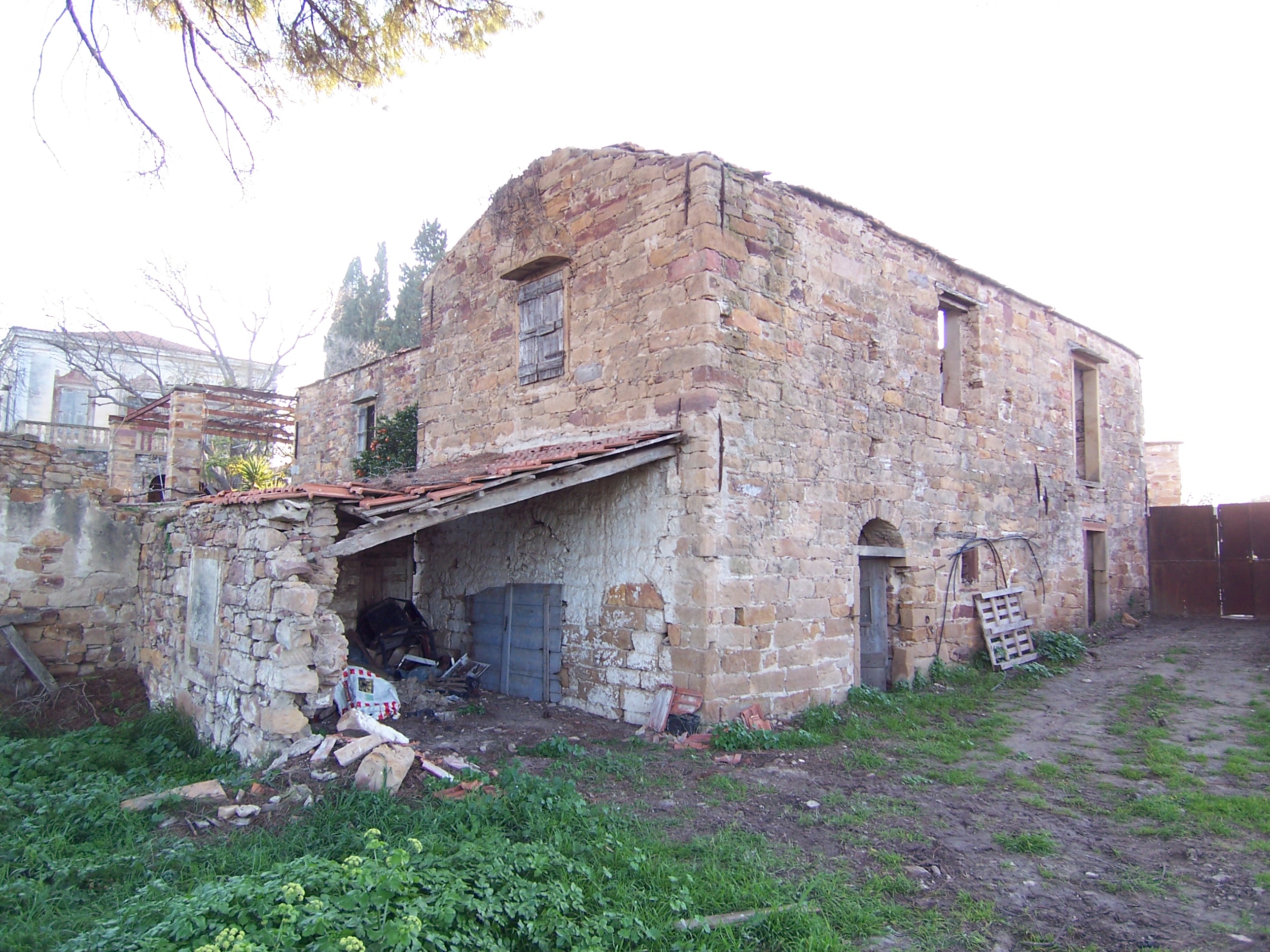
1893 (main house); the plot pattern of the area dates back to the 14th century
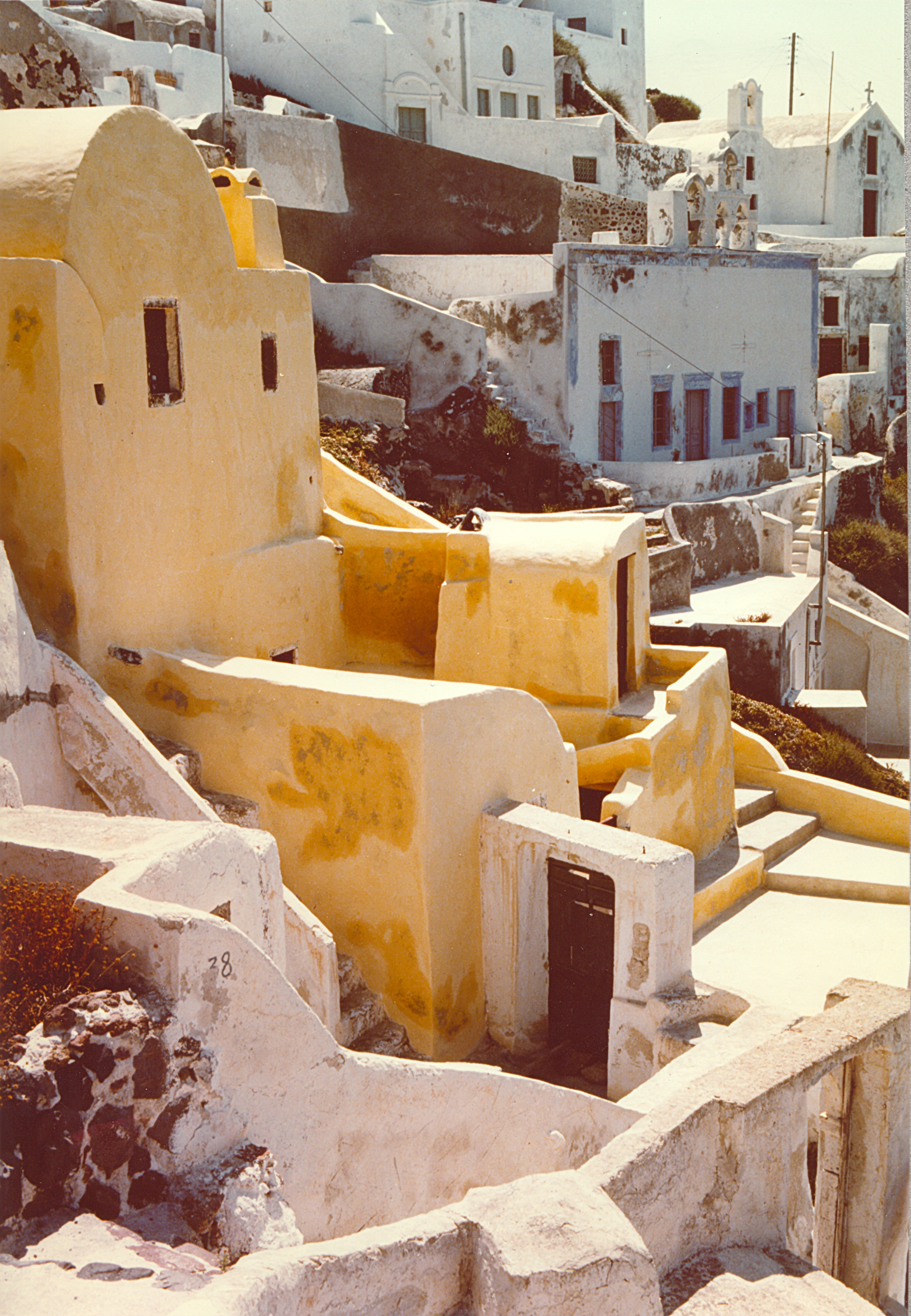
15th-16th century
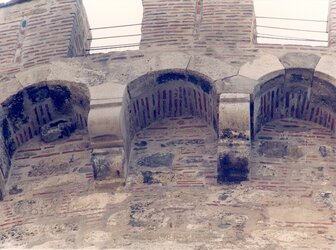
16th century
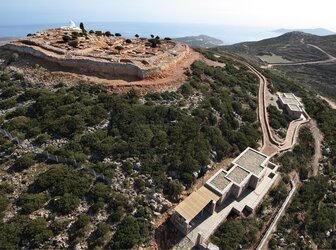
13th-11th c.BC and 8th-6th c.BC

early 17th century
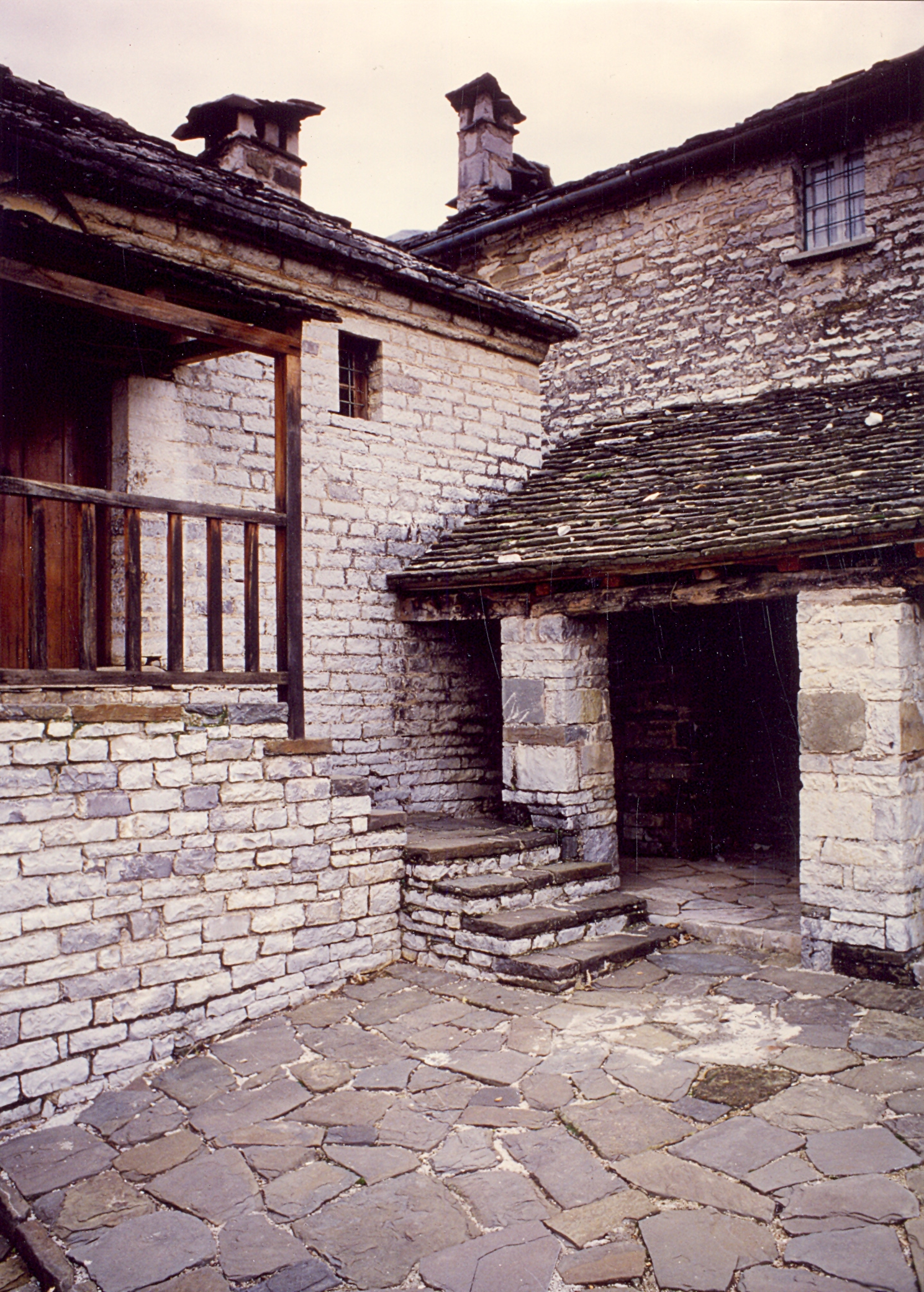
19th century
20th century

4th century AD

16th-18th century

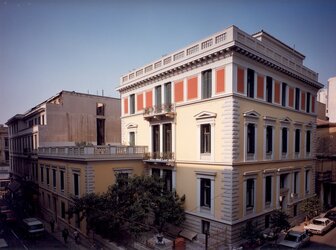
19th century

